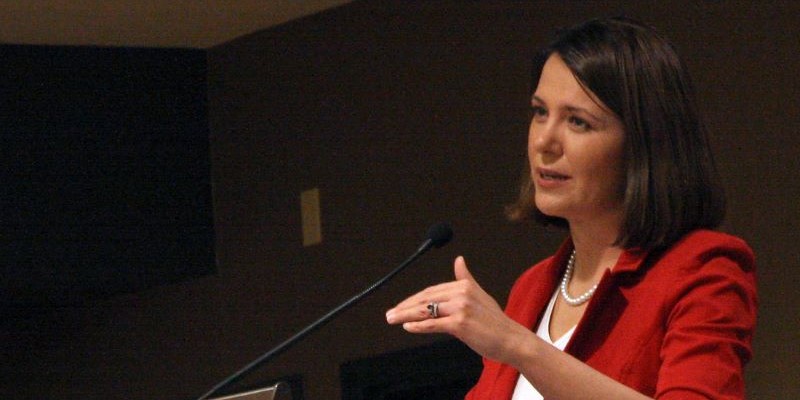Here’s how Smith government can fix Alberta’s longstanding fiscal problem

Despite ending the 2022/23 fiscal year with a $11.6 billion budget surplus, Alberta has an ongoing fiscal problem. Current budget surpluses, fuelled by volatile resource revenue, will only last as long as resource revenues remain relatively high. Put simply, Alberta could soon be back in a budget deficit.
To be clear, this challenge isn’t new. Provincial finances have been volatile for decades because successive Alberta governments have included nearly all resource revenue, including oil and gas royalties, in the budget. In times of relatively high resource revenue, such as we’re currently experiencing, the provincial government typically enjoys surpluses and increases spending. But when resource revenues decline, the province’s finances turn to deficits.
And despite promises to better manage Alberta’s finances, the Smith government has shown signs of repeating past mistakes. Indeed, amid historically high resource revenue, the Smith government has consistently increased the spending plan. To truly fix Alberta’s finances for the long term, the Smith government should restrain spending and use surpluses to reintroduce a rainy-day account that will help avoid future deficits.
Here’s how it would work.
The provincial government would first determine a stable amount of resource revenue to be included in the budget annually, which limits the amount of money available for spending. Any resource revenue above that stable amount would be automatically deposited in the rainy-day account to be withdrawn in years when resource revenue falls below that stable amount. The idea is simple—save during good times to help avoid deficits during bad times.
This wouldn’t be Alberta’s first rainy-day account. In fact, the Alberta Sustainability Fund (ASF), established in 2003, was intended to operate this way. A major problem with the original fund, however, was that it was based in statutory law, which means the Alberta legislature could unilaterally change rules governing the fund. Consequently, the stable amount was routinely increased and by 2007 nearly all resource revenue was used for annual spending. The ASF was eventually drained and eliminated entirely in 2013. This time, the fund’s rules should be constitutional, which would help ensure it’s sustained over time.
Finally, reintroducing an ASF is more fiscally feasible than one may think. Last year’s surplus alone ($11.6 billion) would have been sufficient to fund the reintroduced rainy-day account. And remember; unlike paying down debt or saving in the Heritage Fund, funds in the ASF will provide stability in the future by stabilizing resource revenues in the budget when actual resource revenues fall below the stable amount. Put differently, the ASF will mitigate the impact of cyclical declines on the budget over the long term.
Alberta is enjoying surpluses, but it may not last long. To stabilize provincial finances for the future, the Smith government should reintroduce a rainy-day account.
Author:
Subscribe to the Fraser Institute
Get the latest news from the Fraser Institute on the latest research studies, news and events.

